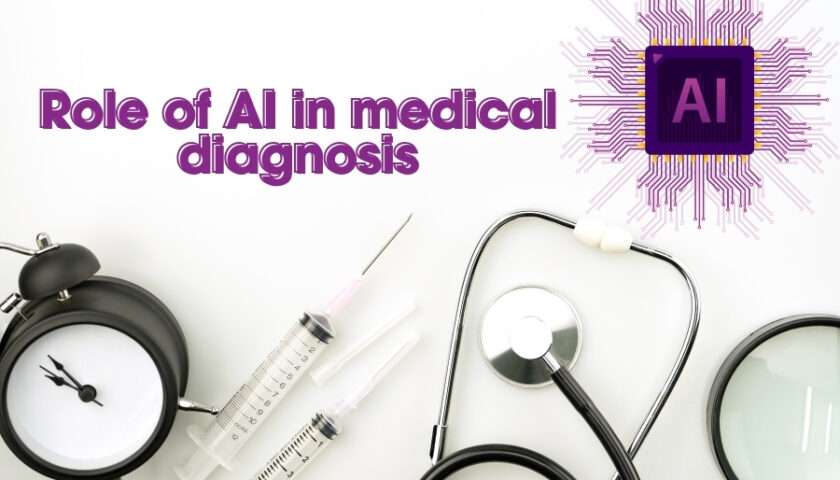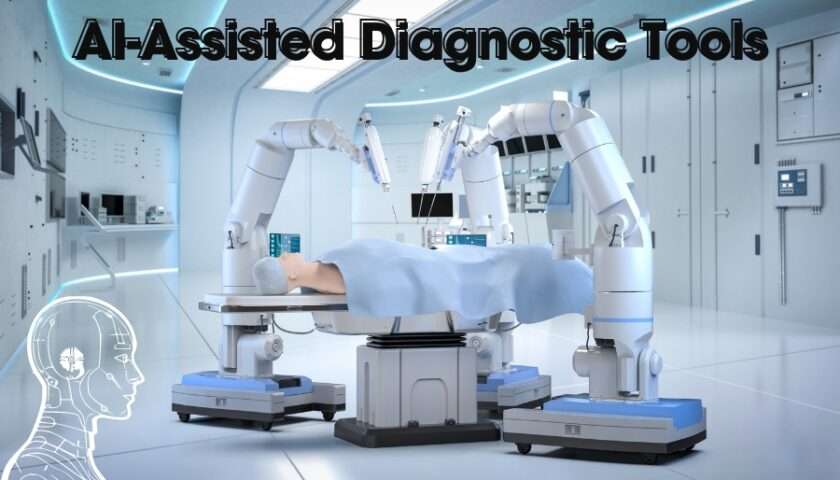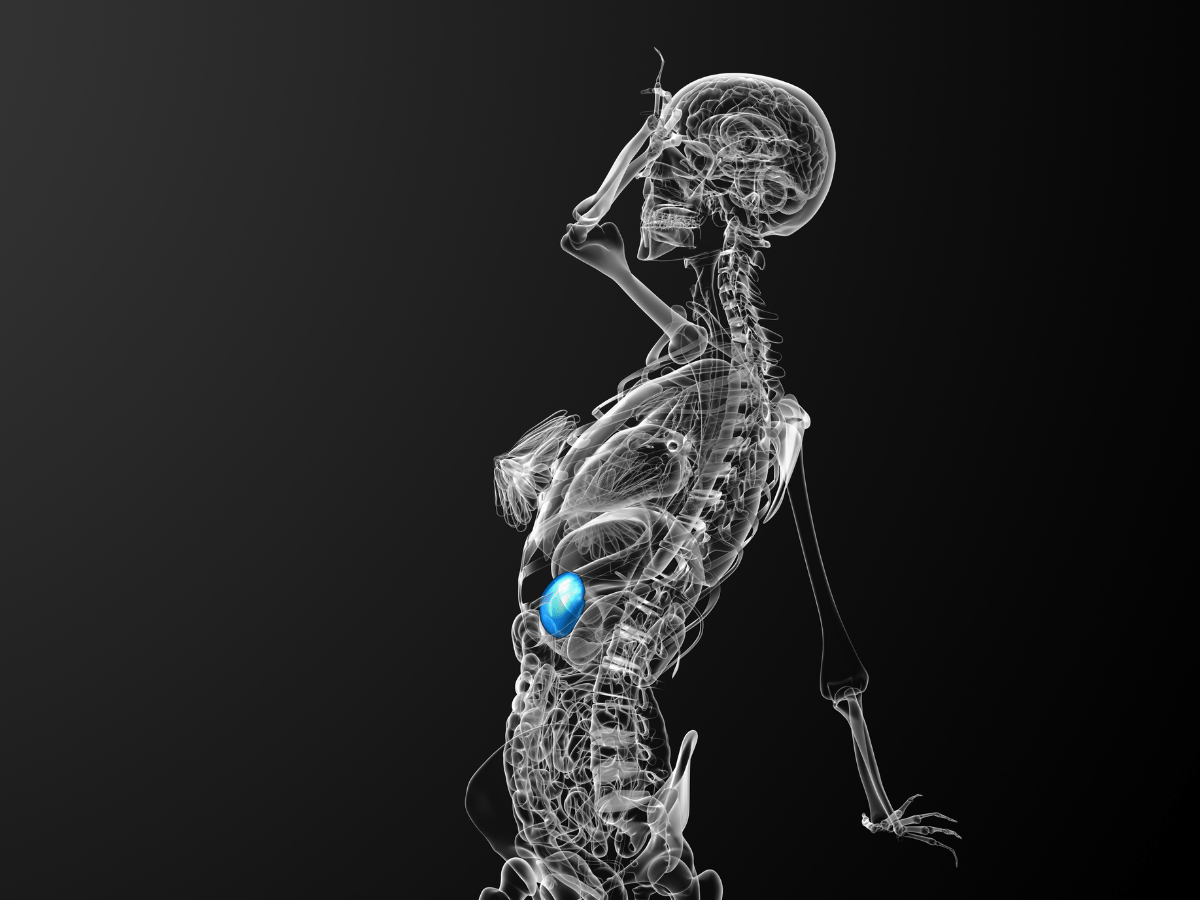Introduction
It is impossible to overestimate the importance of quick and accurate medical diagnosis in the ever-evolving field of healthcare.
The field of artificial intelligence (AI) is rapidly evolving, with the potential to revolutionize medical diagnostics and bring in a new era of efficiency and precision.
In the field of healthcare, artificial intelligence (AI) has become a game-changer, especially in the vital area of medical diagnosis.
Artificial Intelligence in medical diagnosis is to be covered in this blog post.
Table of Contents
Role of artificial intelligence in medical diagnosis
In the field of medical diagnosis, artificial intelligence (AI) is revolutionizing diagnostics in a big way.
AI systems can analyze massive amounts of patient data, such as medical imaging, bio-signals, vital signs, demographic data, medical history, and laboratory test results, by utilizing sophisticated machine learning and deep learning algorithms.
This makes it possible for AI to help medical professionals diagnose patients more precisely and effectively.

AI can process and comprehend complicated data patterns that human clinicians might find challenging to identify, which is one of its main advantages in medical diagnosis.
Artificial Intelligence algorithms can identify and characterize diseases by identifying minor abnormalities in medical imaging, such as MRIs and X-rays.
AI is also capable of integrating and analyzing a variety of datasets from various sources, which helps to identify potential risk factors and enhances treatment accuracy.
AI systems can learn and adapt from massive volumes of data, which enhances their diagnosis accuracy.
In situations where access to specialized knowledge and experience may be limited, AI’s capacity for continual learning makes it especially useful for identifying uncommon or difficult diseases. Artificial Intelligence in Medical Diagnosis plays a crucial role.
AI Algorithms in Medical Imaging
Improved Accuracy in Diagnostic Imaging Data
AI has achieved unprecedented precision in the interpretation of medical imaging data.
AI systems analyze images with previously unknown accuracy from MRIs to X-rays, resulting in more accurate and timely diagnoses.
Quick Developments in AI Algorithms
The quick development of AI algorithms keeps medical imaging getting better and better.
These developments not only improve diagnostic precision but also open the way for cutting-edge methods in radiology and diagnostic imaging.
Effects on Diagnostic Imaging and Radiology
AI is currently being used by radiologists and other healthcare workers as a valued collaborator in the interpretation of complex imaging data. Medical professionals can make better decisions since AI can identify tiny problems.
Machine Learning for Disease Identification
Predictive Analytics for Early Disease Detection
Predictive analytics, which helps with early disease identification, is one of AI’s cutting-edge uses.
Large-scale datasets are analyzed by machine learning algorithms to find trends, which enables rapid action and better patient outcomes.
Effective Case Studies for Disease Prediction
The success stories of AI-driven disease prediction highlight the technology’s potential in healthcare.
Artificial intelligence (AI) is proving to be a useful tool in the diagnosis of diseases, from predicting the start of ongoing disorders to identifying genetics.
Clinical Practices Using Machine Learning Integration
The incorporation of machine learning into clinical practices signifies a shift towards more data-driven and personalized healthcare.
AI insights are being used by medical professionals more and more to guide their diagnosis and treatment choices.
AI-Assisted Diagnostic Tools
AI-assisted diagnostic tools combine the power of artificial intelligence algorithms with medical expertise to enhance the accuracy and efficiency of medical diagnoses.
These tools can be used across various medical domains, including radiology, pathology, cardiology, and dermatology, among others.

Here are some examples of AI-assisted diagnostic tools:
The following are a few instances of AI-assisted diagnostic instruments:
Radiology: AI systems can examine X-rays, CT scans, and MRI pictures to assist radiologists in spotting anomalies and reaching more precise diagnosis conclusions.
These algorithms can segment organs or lesions, identify patterns suggestive of specific diseases, and flag possible areas of concern.
Pathology: AI can help pathologists find tumors or other abnormalities in biopsy samples by analyzing and analyzing the samples.
By identifying patterns in tissue samples, machine learning algorithms can assist pathologists in diagnosing patients more quickly and accurately.
Cardiology: Artificial intelligence (AI) systems can analyze electrocardiogram (ECG) data to find anomalies and help with cardiac diagnosis.
With the use of these instruments, one may analyze ECG patterns and spot anomalies that might point to ischemia, arrhythmias, or other cardiac problems.
Clinical decision support systems: These systems employ artificial intelligence (AI) to evaluate patient data, such as symptoms, medical histories, and test results, and then provide clinicians advice and insights to help with diagnosis.
They can support medical professionals in making treatment recommendations, suggesting suitable tests, and identifying possible diagnoses.
These AI-assisted diagnostic technologies could increase productivity, decrease errors, and improve diagnosis accuracy in healthcare settings.
However, it is vital to highlight that these tools are intended to assist doctors and should not be used in place of human judgment and knowledge.
They work as tools to help medical professionals diagnose patients more accurately and with greater knowledge, which eventually improves patient care.
Future Directions and Innovations
Several future paths and improvements in the field of AI-assisted diagnostic tools are being developed to improve healthcare outcomes and diagnostic accuracy.
To begin, there is attention to combining multimodal data, such as medical pictures, genetic data, and clinical records, to deliver more comprehensive and reliable diagnostic insights.
AI systems can provide a more comprehensive picture of a patient’s state by merging different kinds.
The creation of explainable AI models is another area of exploration.
AI algorithms are now considered “black boxes” since their decision-making processes are not always easily interpretable by humans.
Efforts are being made to develop models that provide detailed explanations for their diagnosis, making them more transparent and trustworthy.
Real-time and remote diagnostics are emerging as future directions as well.
AI-assisted diagnostic tools will be able to be utilized remotely as healthcare and mobile health technologies advance, helping medical personnel to make timely and accurate diagnoses, particularly in medical emergencies or in locations with restricted access to healthcare.
Research is also being done on AI’s potential in customized medicine.
AI algorithms have the potential to assist in determining the best treatment plans for individual patients by evaluating vast amounts of patient data, including genetic and lifestyle data. This can result in more individualized and focused interventions.
Collaborative decision-making is another exciting direction. AI-assisted diagnostic technologies have the potential to improve multidisciplinary collaboration among healthcare providers.
By integrating human experience with AI analysis, healthcare professionals may make more informed and consensus-based diagnostic judgments.
Finally, the development of AI-assisted diagnostic systems must take ethical issues concerning data protection, algorithm bias, and transparency seriously.
To guarantee responsible and fair use of diagnostic procedures, future advances will concentrate on addressing these ethical issues.
Overall, the future of AI-assisted diagnostic tools offers significant promise for revolutionizing healthcare by boosting diagnosis accuracy, improving patient outcomes, and facilitating more efficient communication among healthcare providers.
The advancement of these developments will depend heavily on ongoing research and cooperation between AI specialists and medical professionals.
Conclusions
In conclusion, the integration of Artificial Intelligence in medical diagnosis marks a paradigm shift in healthcare.
Artificial intelligence (AI) is changing the way healthcare is provided, from enhancing diagnosis accuracy through image analysis and machine learning to transforming personalized treatment and remote patient monitoring.
The potential for improved patient outcomes and more effective healthcare systems is obvious despite the obstacles that still need to be overcome.
In the future, technology and human expertise will work together peacefully for the benefit of everybody, leading to further research and ethical AI development.
Also, read this article Artificial Intelligence in Fashion Industry



